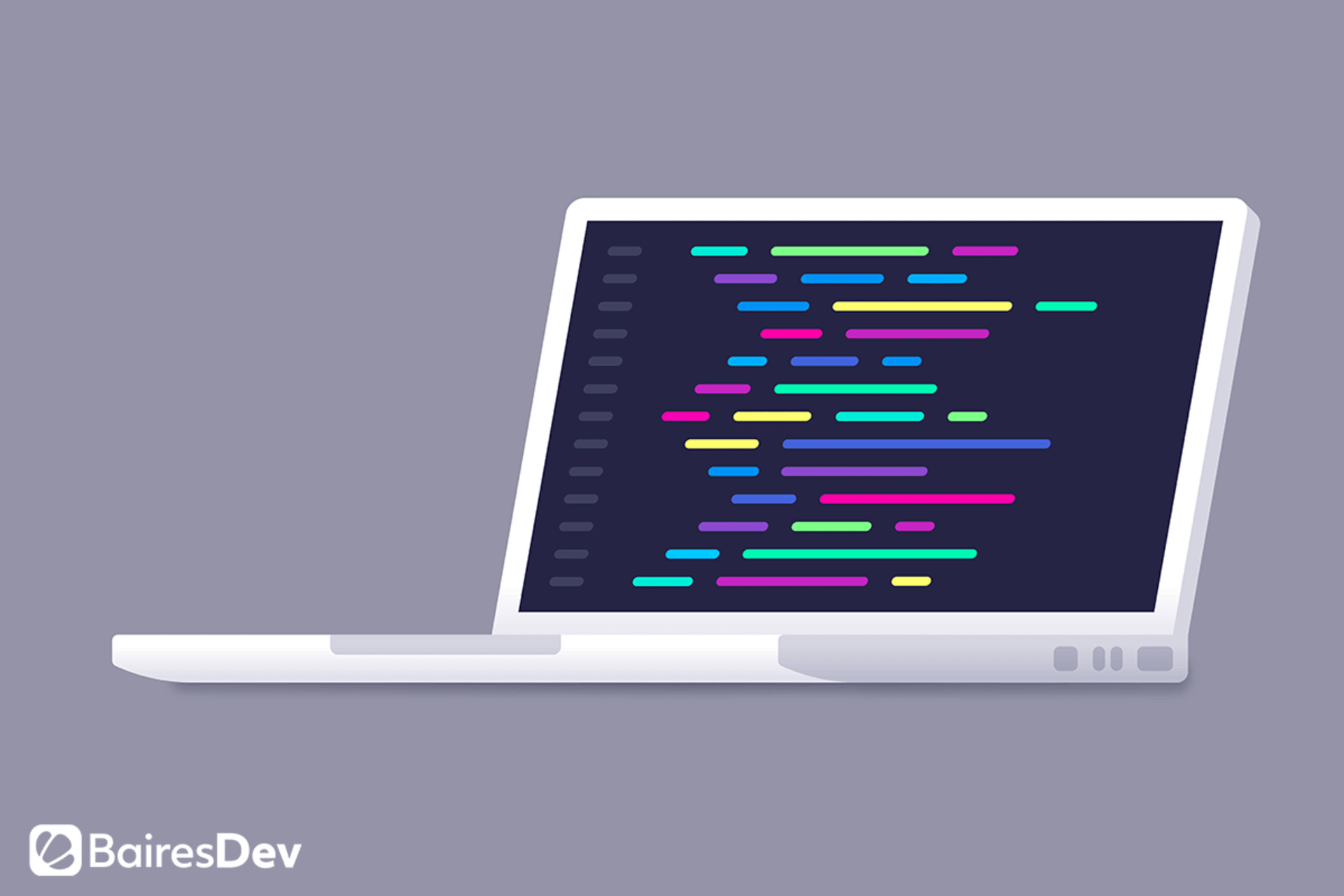Databases are a lot like plumbing. A user, much like a house owner, isn’t necessarily aware of how a database is structured, and may at best see snippets of it here and here, but a huge part of their activities relies on that underlying framework. A system lives or dies on the health of its database.
It comes as no surprise, then, that according to the US Bureau of Labor database administrator positions are a growing trend in IT, with a yearly increase of 9%. As new jobs are opening every day, a newcomer may wonder, what are the most popular Databases that IT businesses are working with?
The following list of databases was inspired by Stack Overflow’s yearly developer survey. Keep in mind that it isn’t exhaustive and that the order might change depending on the field. Having said that, there is little debate that most top 10 lists would cover these databases.
As it is expected while SQL is still the undisputed leader, NoSQL databases (either Not SQL or Not-only SQL) keep seeing steady growth in the market as more and more companies are adopting these solutions due to their scalability and lower investment entry point.
That said, here’s our list of the most popular databases in 2025.
# 10 Elasticsearch
Used by: Cisco, eBay, Microsoft, The Mayo Clinic, The New York Times, and Wikipedia.
Elasticsearch is an open-source search and analytics engine based on Apache’s Lucene. It’s a distributed, multitenant full-text search engine with an HTTP interface built on Java that optimizes the data for real-time searches and efficient results. It can handle pretty much any data type: integers, floating numbers, strings, dates, geo, and more in structured or unstructured formats.
While the name might imply otherwise, it can be used as a full-fledged database for search, analysis, observability, and security. The fact that it’s open-source makes it ideal for projects that are working on a budget.
# 9 Firebase
Used by: Google and affiliates
Firebase Realtime Database is part of the Firebase Google suite. It’s a document store, cloud-based system with iOS, Android, and JavaScript-based clients. Clients connect to a single shared database and download the most recent information.
Firebase development services is ideal for serverless projects since everything is handled from the cloud. If a client is unable to access the web, the app saves a cache of the data and uploads it as it’s connected to the internet. That also means that a project can be upscaled without having to further invest in hardware.
On the downside, Firebase has a commercial license, so it’s one of the most expensive options on this list.
#8 Oracle
Used by: Wells Fargo, PNC, Samsung Electronics, Honeywell
Perhaps the oldest database on this list, Oracle is a well-known database service with over 40 years on the market. It’s one of the leading databases for online transaction processing and data warehousing.
Oracle offers on-site, on-cloud, and hybrid packages depending on the consumer’s needs. It has support for all the most popular programming languages as well as Relational, Columnar, XML, JSON, Spatial, Graph, and unstructured data.
The two biggest issues with Oracle is that: A. it’s very costly, and B. it’s extremely complex. Thus, it takes a while to learn how to efficiently work with Oracle and how to maintain a server. On the flip side, it’s well worth the effort.
#7 MariaDB
Used by: Amazon Web Services, Microsoft Azure, Red Hat, Ubuntu
From the creators of MySQL comes MariaDB, an open-source database that promises to be like it’s predecessor but better: more scalable, more secure, with higher availability, and designed with tools and services for enterprises. The story behind MariaDB is rather interesting. When MySQL was bought by Oracle, some of the developers created this fork as a means to assure that their project would remain open source.
It was developed as a drop-in replacement for MySQL, so, not only are the command lines between projects almost identical, but the change from one to other is as simple as deleting MySQL, installing MariaDB and then running a command line (at least that’s the promise).
Much like its brethren, it has support for all the most popular programming languages and it can run in any server operating system.
#6 Redis
Used by: Twitter, GitHub, Weibo, Pinterest, Snapchat, Craigslist
The Remote Dictionary Server is the most popular key-value Open Source database on the market. Created by Salvatore Sanfilippo as an improvement for his own entrepreneurship, it has grown as one of the most important databases for people who are looking for speed of access and easy implementation.
What makes Redis stand out from other key-value databases is the idea of persistence. Redis forks disk copies of the data and recalls them if the need arises. Typical use cases are session caching, full page cache, message queue applications, and leaderboards.
#5 MongoDB
Used by: Uber, Lyft, Stack.
The creators of MongoDB call it the leading NoSQL solution, and they are not exaggerating, as you can see from this list. MongoDB is the most popular document-type database on the market. Obviously, the biggest asset is that it’s schema-less so there is no need to design the schema beforehand, saving a lot of time.
MongoDB is fast. Its benchmarks are nothing short of impressive and compared to its competition, it’s fairly easy to scale. On top of that, it’s an open-source solution, so it’s very easy to see why it has become such a popular option in such a short amount of time.
#4 SQLite
Used by: Oberlin College, Internet Brands, Inc. Adobe, Airbus, Apple
The only RDBMS (Relationship Database Management System) on this list that isn’t a client-server engine. Instead, as a C library, it’s often embedded in the end program. SQLite is perfect for situations where you want the full functionality of a relational database without the processing power of the need for a server. For example, Firefox uses SQLite to store user information such as settings, history, and bookmarks.
Any developer thinking about building a local application that involves data processing such as a financial analysis tool or a data analysis software will find a powerful tool in SQLite.
#3 Microsoft SQL Server
Used by: Wells Fargo, Harris Corporation, General Electric, Yahoo
Originally released in 1981, Microsoft SQL Server is one of the most popular and robust services on the market. The plethora of products that fall under the Microsoft SQL umbrella may seem overwhelming at first, but much like Windows, the portfolio is designed with simplicity in mind. There is a product for every client, it’s just a matter of figuring out what functionalities are needed. This is one of those cases where less is more.
Microsoft has always strived for ease of use, as such, this service has one of the most streamlined installations in the market, and it’s a cloud-based counterpart, Azure, which is one of the most advanced options for developers and businesses alike.
#2 PostgreSQL
Used by: Instagram, Spotify, Twitch, IMDB
Originally founded as Ingres, a database engine developed at the University of California, it eventually evolved into PostgreSQL (kind of wordplay there), and since then it has steadily grown as one of the most famous and well-supported open-source relational databases.
This engine is famous for featuring transactions with Atomicity, Consistency, Isolation, and Durability (ACID) properties. It achieves this by using some rather ingenious tricks like multi-version concurrency control.
Finally, PostgreSQL also has the advantage of having one of the healthiest and most helpful communities in the IT world. For most developers, learning PostgreSQL is a no-brainer.
#1 MySQL
Used by: Pretty much everyone…
We all knew who was going to take first place in this list of the most popular databases: MySQL. This one needs no introduction. Created in 1995 and written in C++, it’s basically the gold standard for database engines, with support for almost any system known to humankind.
It’s well known for its security, easy scalability, high performance, and really strong community that keeps working and updating MySQL even to this day. Currently owned by Oracle, MySQL is available both as an open-source license or as a proprietary license, depending on what you need.
The Future of Databases…
Everyone is talking about big data, AI, and machine learning. And while we can be awed by the potential applications, we cannot forget that each and every one of these technologies relies on the quality of the data, as well as the robustness of the database that holds it.
For that reason, as we move towards more refined technologies, database management has a key role to play, first by assuring data integrity and second, by providing efficient storage and retrieval systems that allow us to work with amounts of data that were but a dream a couple of decades ago.
In the end, none of the most popular databases covered here is the one true DB to rule them all, each has their strengths and weaknesses and are designed to solve specific problems, as time moves on and new trends come forth we will probably see new approaches rise to fill the need of emergent technologies.






